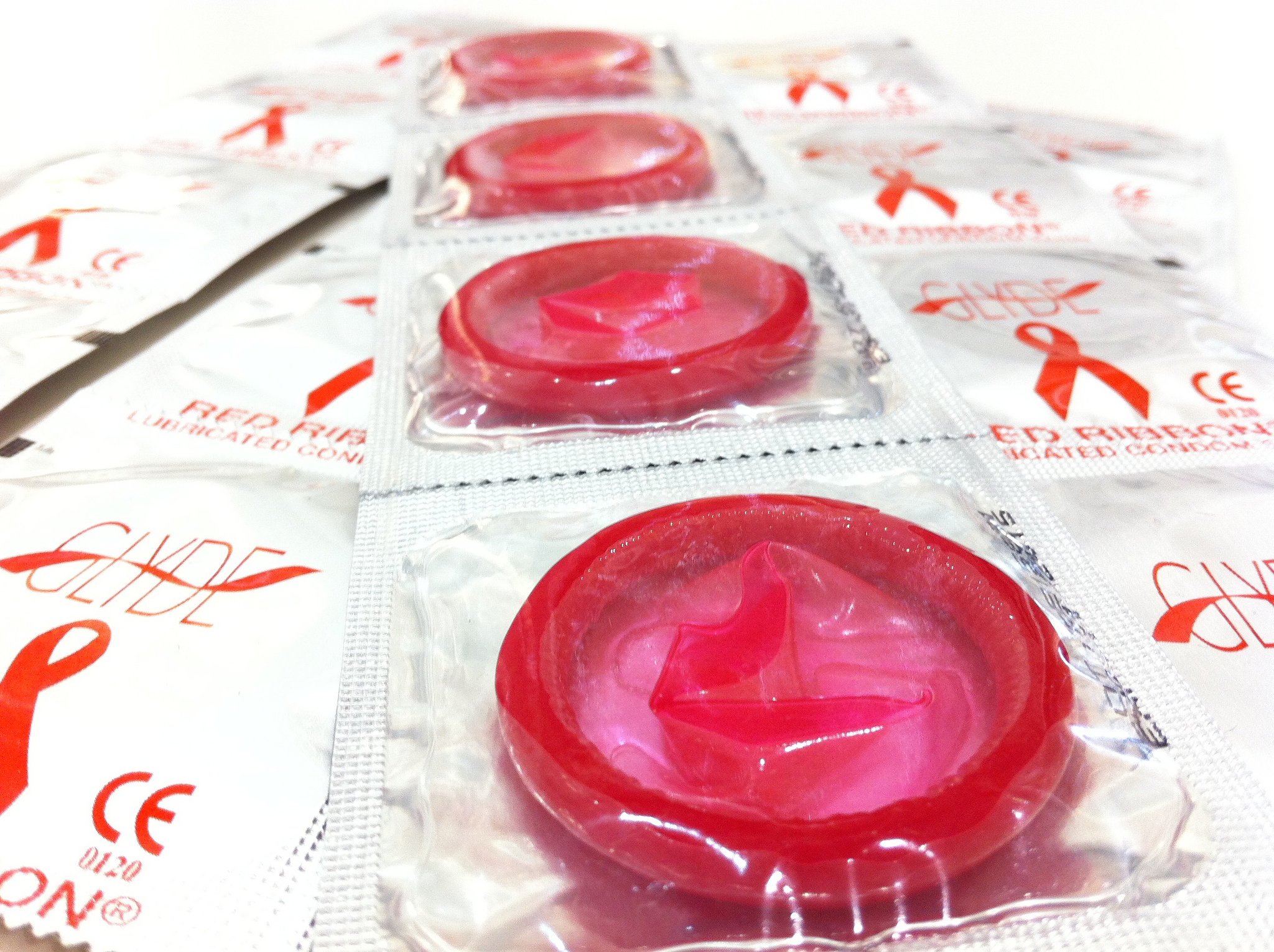By Beth Harris, Science and Technology Editor
Recent studies show a rise in STIs among young people, Beth Harris looks at the possible reasons behind the statistics.
Over the last decade, there has been little yearly fluctuation in the number of new diagnoses of sexually transmitted infections (STIs) in the UK population. Despite this, the rate of diagnosis is still highest amongst young people (16-24-year olds) and this number has the potential to increase, according to recent data.
STIs are incredibly common yet are often seen as a taboo in modern society. Recent statistics have shown that in England, one in four young people are diagnosed with an STI every minute. Of this, the most frequent are chlamydia and gonorrhoea, in which young people account for 63% and 37% of diagnoses respectively.
But why are young people so at risk?

Photo by Kerry J/ Flickr
1. Condoms
A recent study conducted by YouGov revealed that 47% of sexually active young adults do not use a condom when sleeping with someone new, with one in ten stating that they had never used protection, despite it being one of the easiest forms of contraception.
Negative attitudes towards condom use play a role in this, with the majority of young people stating that condoms reduce intimacy and sexual pleasure. Others stated that they perceive carrying condoms to be a sign of promiscuity.
Whilst previous sexual health campaigns have focussed on the ‘danger’ of unprotected sex, evidence suggests that this method of education is ineffective and can lead to fear around sex or defensive behaviour. Sex education must therefore take a positive approach, emphasising that safe sex can be enjoyable sex and can be incorporated into the sexual routine. Exploring ways to enhance sexual pleasure is a good place to start, with research focussing on thinner condoms and new materials such as graphene that may improve sensation. Whatever the method, this positive approach seeks to change the way that young people think, motivating them to ‘want’ to use protection, as opposed to feeling that they should.
2. STIs aren’t ‘scary’ anymore
Despite the high rate of STI diagnosis in young adults, only 29% of 16-24-year olds use condoms for STI protection, compared to 58% to avoid pregnancy. This stems from the modern opinion that non-HIV STIs just aren’t that scary, due to the ease with which the majority of infections can be treated by a quick course of antibiotics. For example, chlamydia, the most common STI, can be treated as simply and quickly as by 2 tablets of azithromycin.
However, whilst education has focussed on raising awareness of the health risks that STIs can cause if left untreated, such as infertility, research shows that the seriousness of the infection, does not influence behaviour. In other words, despite understanding the harm STIs may cause, young people are still just as likely to put themselves at risk as if they did not understand the harm.
The same can be said for HIV, whereby fear of health consequences may not be the main factor influencing behaviour. Statistically, HIV is more common amongst populations of homosexual males, African Americans and Latinos. However, this does not mean that that individuals who do not fall into one of these groups are not at risk. Studies show that in many cases, heterosexual individuals underestimate the risk of STIs and HIV and consequently do not use protection when having sex with new partners. The decision to use a condom is therefore more likely to be influenced by the perceived risk of contraction, rather than by the severity of the consequences.
3. Film and television
The 2017 YouGov Freuds Survey revealed that the way in which sex is portrayed in the media, in particular film and television, may have an influence on ‘condom culture’ in the UK. The survey asked young adults how often, if at all, they see people using condoms in a sex scene. The resulting data showed that 72 per cent of young adults rarely/never see a condom used.
Interestingly, 67 per cent of young people would be more inclined to use a condom if they had more of a presence in television and film, emphasising the power that the industry has in shaping our culture. This highlights the need for more accurate reflections of sex in the media.
It’s not our fault…
Over the last few decades sex education from an early age has placed a significant emphasis on contraception and the prevention of teenage pregnancy. Whilst this has been effective in reducing the number of teenage pregnancies in the UK, it has left teens unaware and uninformed about the risks of STIs. For the rate of diagnosis to decrease, time must be invested into educating young adults of the risks of STIs and the importance of condom use as prevention.
Featured Image:Daniel Slaughter/ Flickr
Should we be re-educating ourselves on the risks and consequences of contracting STIs? Let us know your thoughts!







